Food for the Soul: The Neglected Art of Pastels – Rosalba Carriera – Women & Art Series 15
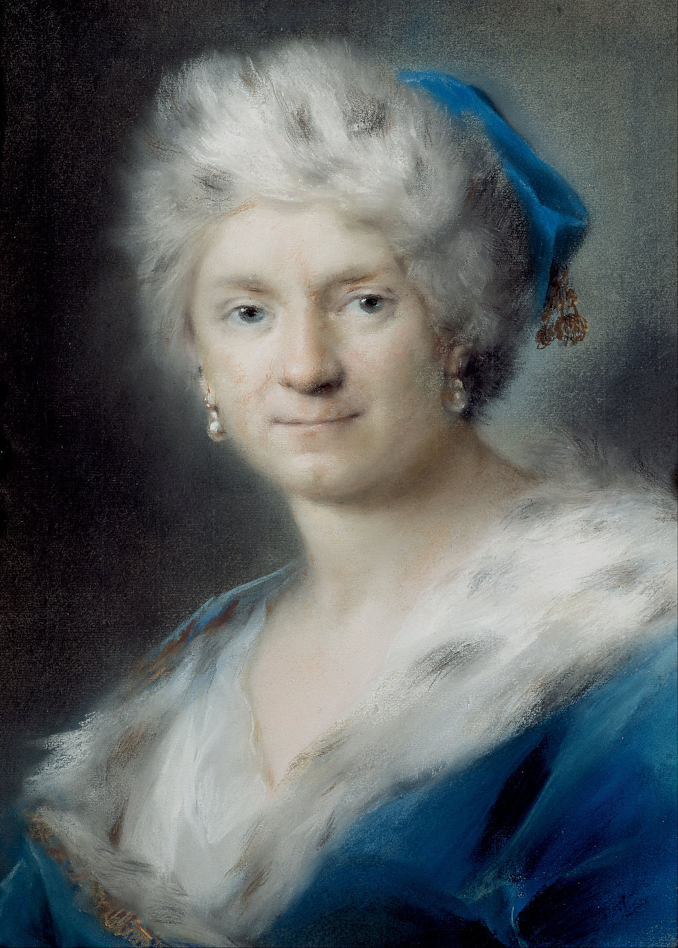
By Nina Heyn – Your Culture Scout
There are some languages, like German, Polish, and Latin, that have many grammatical cases (so-called declensions) and three genders. You must know exactly what you are going to say before you say your sentence, or it will never come out right. You cannot change your mind halfway. Painting with pastels is a bit like that. You need to know what colors you will use and be sure of your lines because this medium does not allow mixing pigments or easily painting over the lines in the same way that you might do if you were to change your mind when painting with oils. Painting with pastels is not for hesitant artists.
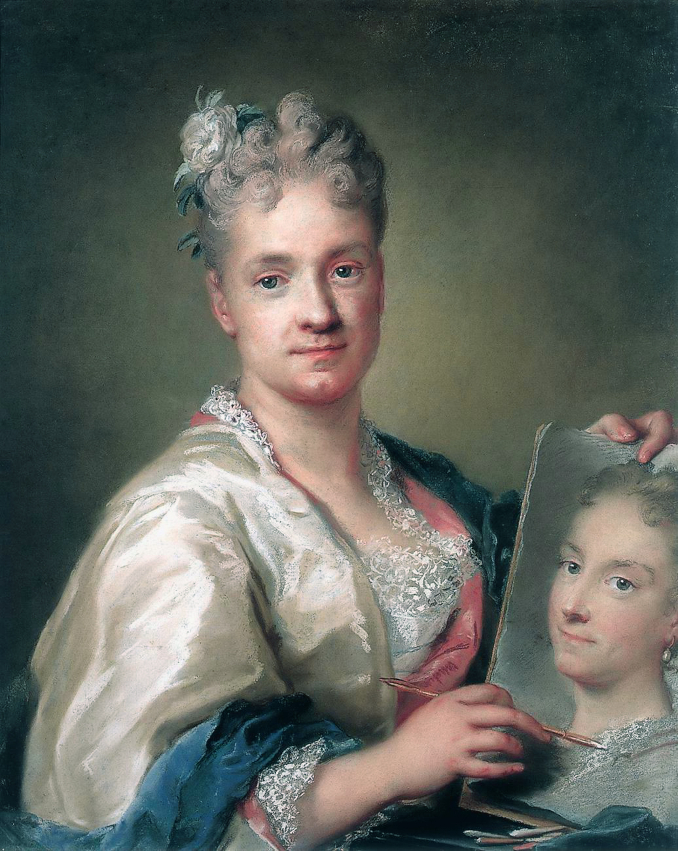
The Rococo painter Rosalba Carriera was a pastelist, one of the most famous of her time.
Rococo is not a style that speaks very strongly to our contemporary sensibilities. It often feels too sweet, kitschy, and insubstantial. It is not easy to have weight in such a style. Only a few artists achieved it, one of them being Carriera, whose chosen medium of pastels was considered by her contemporaries as “suitable for women artists” but whose output was hardly just the pastime of a dilettante.
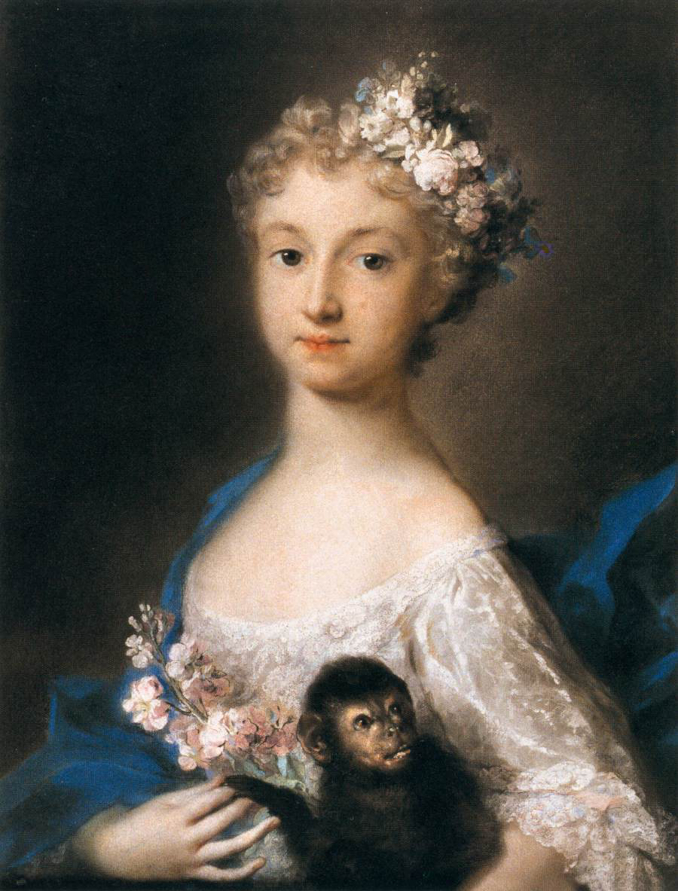
Pastels are particularly suitable for rendering fabric surfaces that catch light, and Carriera was the master of this visual treat. She would render embroidery as distinctly and easily as lace and fur. In the portrait Young Girl Holding a Monkey, she contrasts the white lace on the girl’s sleeve with the fluffy fur of the pet monkey. This is all done with a few scratches of a chalky-colored substance on coarse paper.
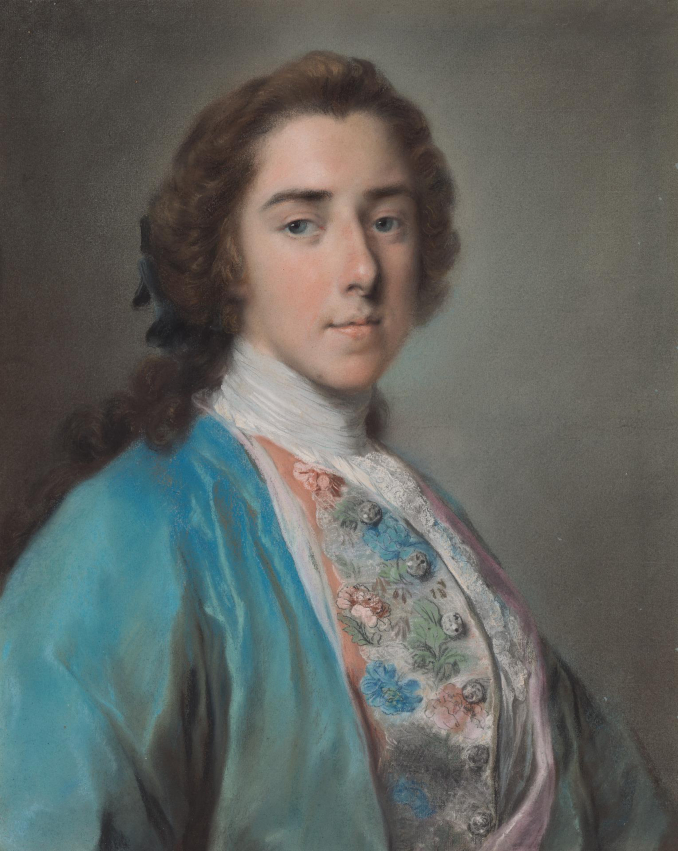
Rosalba Carriera. Portrait of Henry Fiennes Pelham-Clinton, ninth Earl of Lincoln and second Duke of Newcastle, 1741. Pastel on paper. Yale Center for the British Art. Photo: Wikimedia Commons
In the above aristocratic portrait of the Duke of Newcastle, she draws the lines of intricate embroidery and the alternating shades of blue-yellow shot silk as precisely as if the portrait were a color photo. This was as good as it got in the age before photography (and color photography did not come into widespread use until the late 1960s).
For comparison, here is a look at another Venetian pastelist of the era, Marianna Carlevaris, whose hand was much less accomplished:
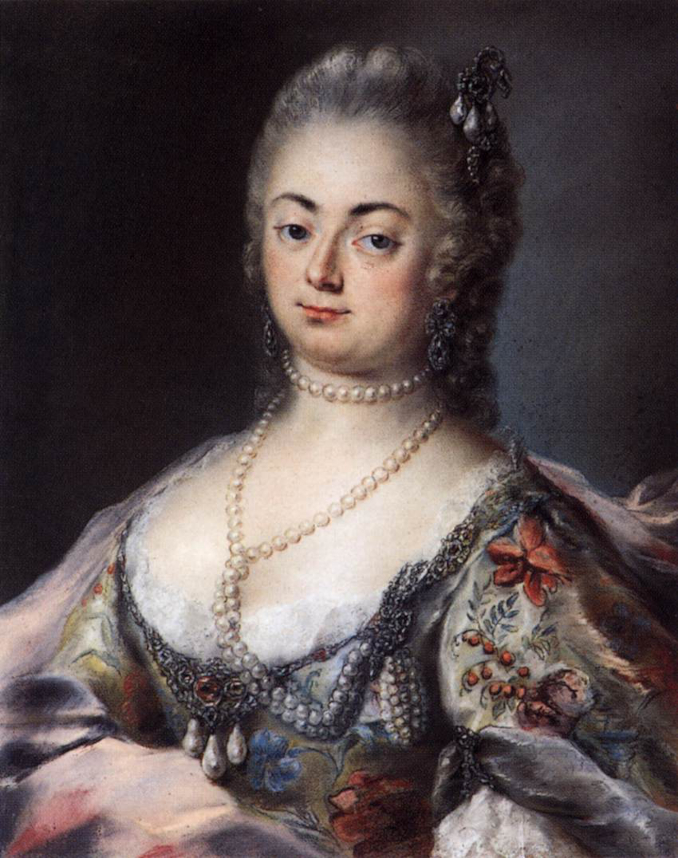
Rosalba Carriera was a Venetian, born at a time when her city was changing from being a shipping superpower to a tourist attraction.
By 1600, Venice’s domination of sea lanes had declined (mainly due to the opening of trading opportunities after Columbus’s voyage of 1492), and there was a need for this once-mighty city to find other sources of revenue. By 1700 when Rosalba was 25 years old, the city was thriving on an early tourist trade. The highborns of Europe, and especially England and France, would complete a rite of passage called a Grand Tour, spending a year or two in places such as Venice or Paris before settling down on their home estates and entering politics or commerce. Venice, especially during the carnival, was an obligatory stop on such a tour, which also required the purchase of souvenir paintings and drawings. This is the market in which the young and talented Rosalba thrived. After starting by decorating snuffboxes and painting miniatures, she soon graduated to the quick medium of pastels, providing portraits of traveling aristocrats or daughters of local notables. Even in those commissioned souvenir works, she displayed her mastery.
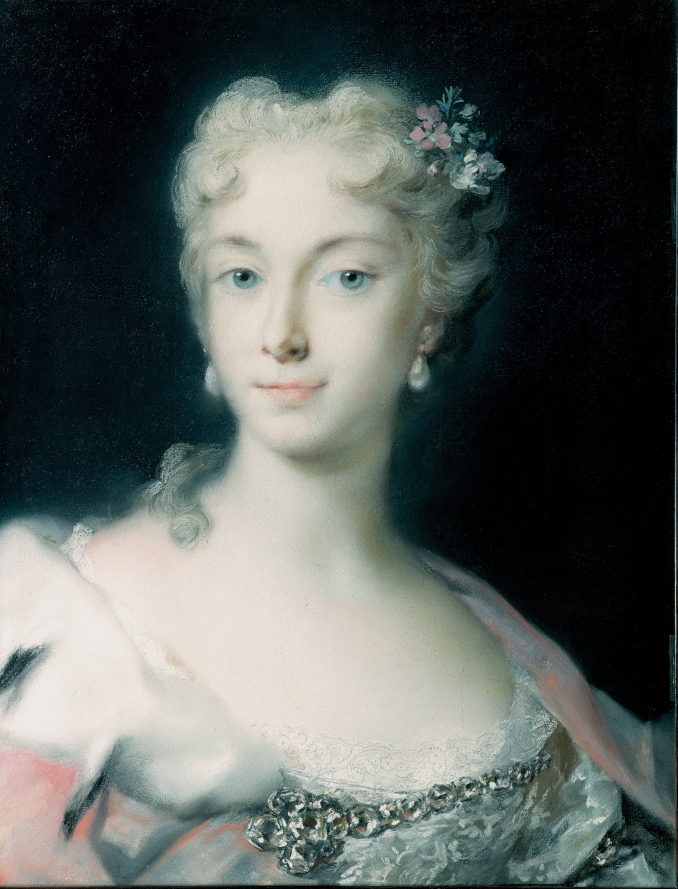
In 1720, wealthy banker Pierre Crozat invited Carriera to Paris, precisely at the time when the new boy king Louis XV moved the court to Paris, and French society embraced a new decorative style. Gone was the heavier, gold-dripping, “the-state-is-me” style of Sun King Louis XIV. The new class of urban nobility and the successful, art-collecting bourgeoisie wanted a new decorative style—elegant but lighter and more pleasure-seeking. Carriera only spent a year in Paris, but she is credited with introducing the medium of colorful chalk sticks to France and popularizing Rococo sensibilities in France and even England. Her later followers included Maurice Quentin de La Tour and Elizabeth Vigée Le Brun. Carriera kept busy during her stay in Paris, attending fashionable literary salons and completing many important commissions. She even painted a portrait of the 10-year-old Louis XV (complaining in her correspondence that he was fidgety). Through Crozat, she also met Antoine Watteau, who was very enthusiastic about her art. She paid back the compliment with a great psychological portrait of the French master, who was living on borrowed time, his body being racked with tuberculosis. You can see his pale and melancholy look in this portrait, so different from the rosy-cheeked and flowery portraits of young mademoiselles that Carriera otherwise produced for her noble clients.
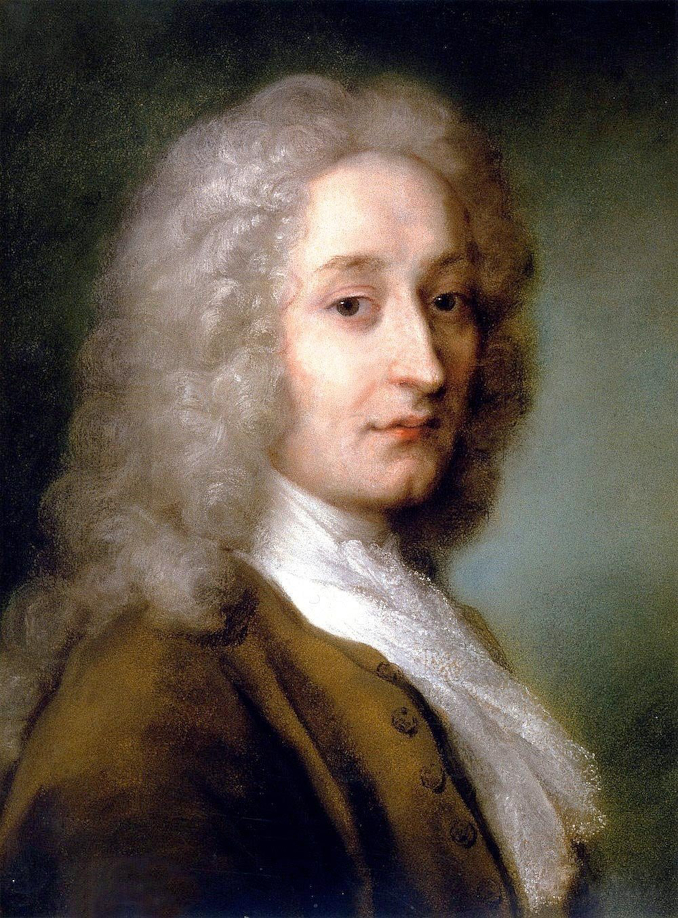
Rosalba Carriera. Portrait of Antoine Watteau, 1721. Pastel on paper. Museum Luigi Balio, Italy. Photo: Wikimedia Commons
Carriera’s exceptional skills also came to the attention of King Augustus II the Strong, the ruler of Saxony who was offered a crown (twice!) by warring factions of Polish nobility. As a result, he traveled a lot between his German lands and Poland, keeping his court in the eastern city of Dresden. He purchased from Carriera a large collection of her pastels for his Dresden gallery (and this collection of about 150 of them is still there). She painted him and his family as well as his offspring with numerous mistresses. One of them was Augustus II’s natural daughter, the countess Anna Orzelska.
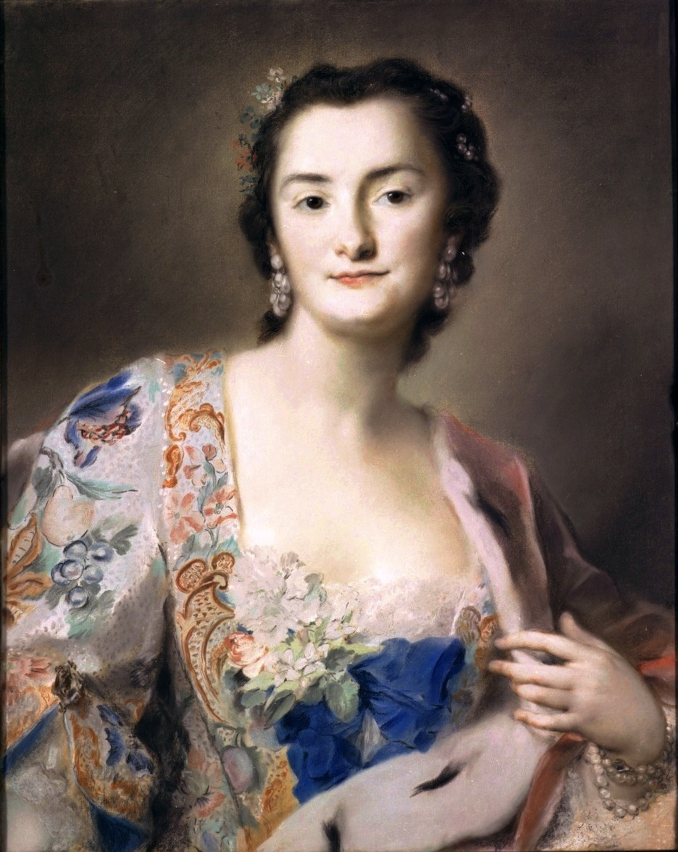
This is one of the most naturalistic and “modern-looking” portraits by Carriera. Orzelska, who was famous for her beauty and a freewheeling lifestyle, is shown here as a woman who would look perfect even in a glamorous old Hollywood photo. Carriera’s trademark virtuoso rendering of fabric is present as well.
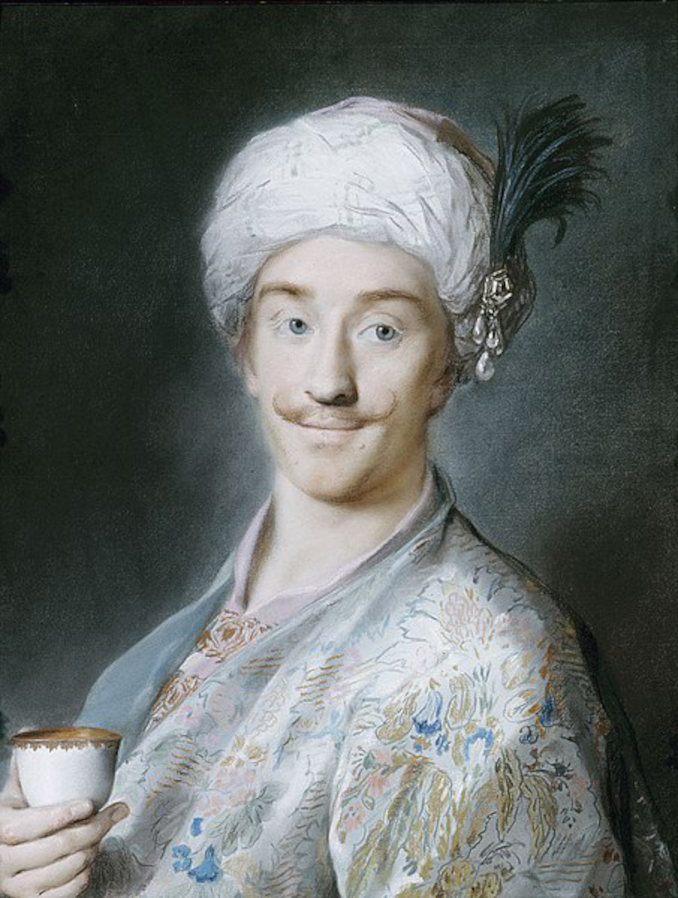
Rosalba Carriera. The Turk, c. 1720s. Pastel on paper. State Art Museum, Dresden. Photo: Wikimedia Commons
The sophisticated European elites of the 18th century were in the grip of “Turkish fashion,” with an idealized image of the “Orient” that manifested itself in a passion for coffee or chocolate drinking, orientalized designs in clothing, an unquenchable thirst for silk fabrics and…being painted as “Turks” or even “harem dancers.” Mozart’s early opera The Abduction from the Seraglio was part of the same Turkish craze. Carriera painted several portraits of titled subjects who wanted to look exotic, and The Turk is probably the best example. The model is a blue-eyed man, probably French, looking at us with a rakish smile and gripping the obligatory, fashionable cup of chocolate. When Starbucks was introduced to Eastern Europe in the late 2000s, customers started posting photos on social media, holding those green logo cups with similarly excited grins.
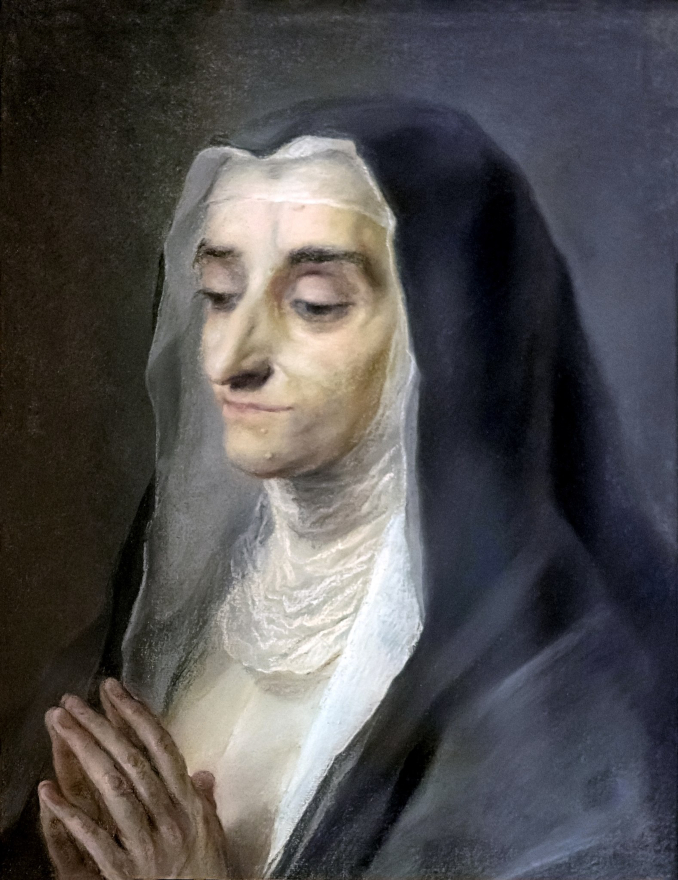
Not all of Carriera’s paintings were the typical Rococo lace-and-ribbons sweet portraits and allegories. Here, for example, is a very realistic and moving portrait of a nun. Carriera makes her aged face both serene and serious, not hiding any wrinkles or the sagging skin on her hands.
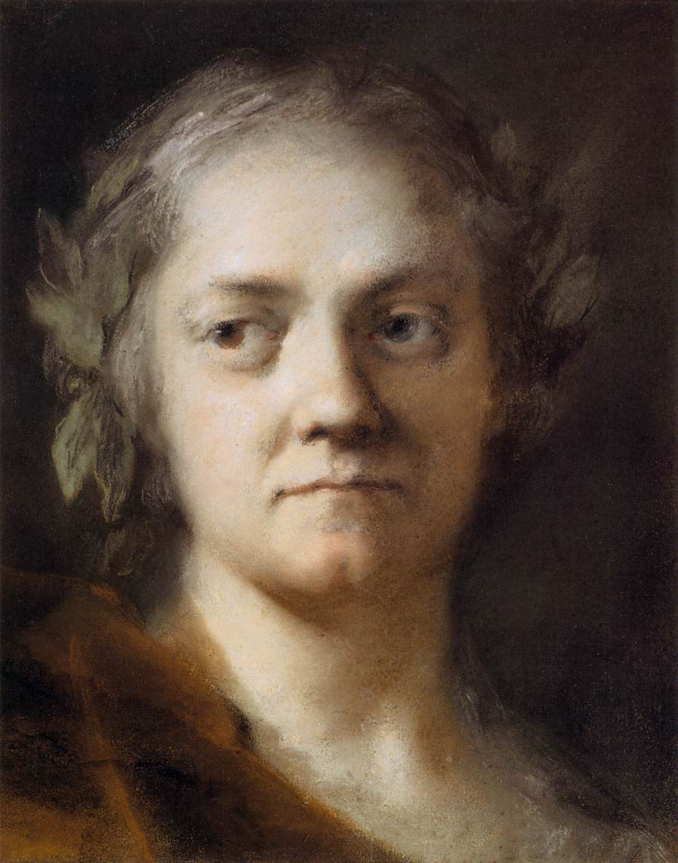
Nor did Carriera have the vanity to hide her own imperfections. Here is a self-portrait of her in middle age—again, with no glossing over of lines and puffiness. She painted what she saw rather than create an idealized smooth portrait so typical of the portraiture of the time.
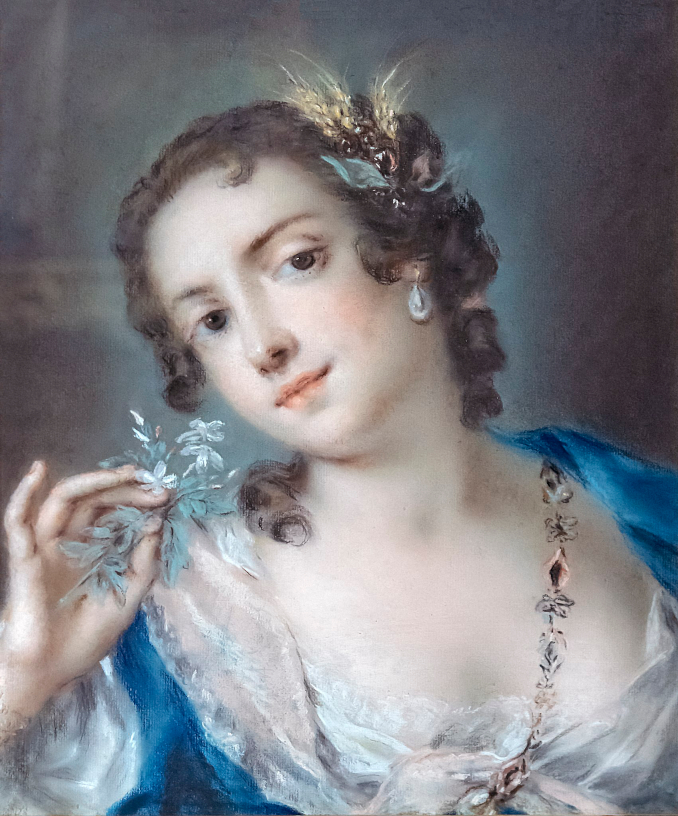
Rosalba Carriera. Summer, c. 1725. Pastel on paper. Fondation Bemberg, Toulouse, France. Photo: Wikimedia Commons
An oil painting never looks as good on a computer screen as in real life—the texture is flattened, the gloss is gone, the brushstrokes are lost. But, strangely enough, pastels seem to gain with the advent of electronic screens—they somehow look richer and more saturated, the chalky surface becomes smoother. So…, Rosalba Carriera, an artist who almost exclusively created in pastels and as a result was relegated in art history to a position of a lesser artist, somehow seems to gain in the age of electronic images and reproductions.
